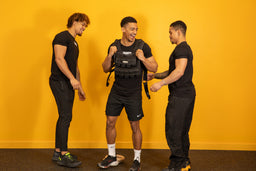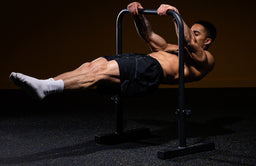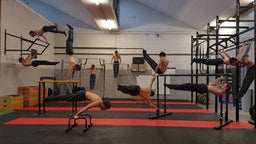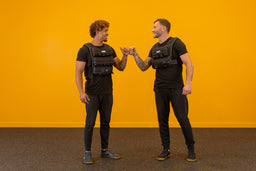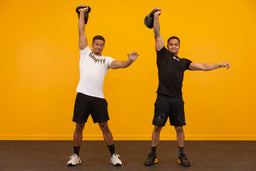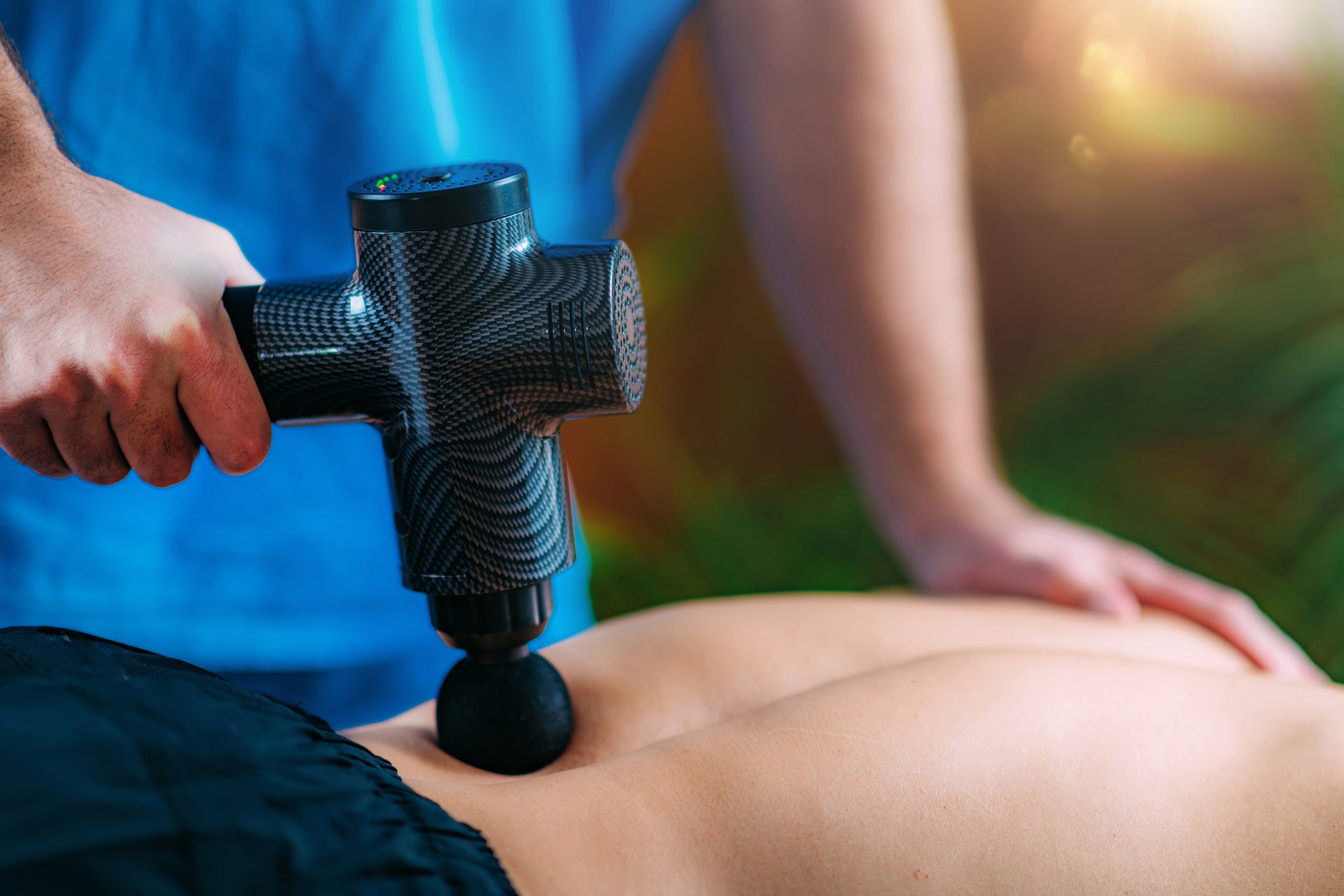
Simple Recovery Tools You Can Use At Home
Simple Recovery Tools You Can Use At Home
Recovery is one of the key training pillars and is applicable to any sort of training from calisthenics to resistance training to marathon running or powerlifting. Our muscles need to recover and rebuild to come back stronger. Muscle fibres are broken down during heavy training and recovery, correct nutrition and self-care along with a good sleep cycle are vital to be able to help us and our bodies recover faster and more efficiently.
We want to promote blood flow to the muscles to repair those fibres more effectively, but how can we do this, especially if we are training at home? Well below I’m going to list the simplest tools you can use at home to aid your recovery.
Tennis Ball – The most portable option on the list. If we are experiencing DOMS (delayed onset muscle soreness) in a particular area we can work out any deep tension in that very specific target area using a tennis ball. We must make sure however that we stay away from potential nerve centres and only target the muscular tissue. All we need to do is find a way of applying pressure, using a hard surface, such as a wall or by pressing the tennis ball down using our hand (AKA gravitational force) to work through the muscle tissue. Concentric small circles, then getting larger and covering a larger area, would be a good technique to start with. You can control the level of force very minutely too. You never want to be above a 7/10 on the pain scale, but a bit of pain is normal!
Foam Roller - A fantastic weapon in the recovery arsenal, a foam roller can be used to target larger areas and all you need to do is just place the roller against a hard surface. I’d recommend the floor personally, and apply pressure using your body from the opposing side. With rolling you can target the largest areas of muscle fibre effectively and safely. With foam rolling we want to promote blood flow towards the heart, so apply more pressure moving the roller upwards, and a little less pressure downwards. There are plenty of foam rolling routines you can find on YouTube, where you can get started. I like to move from the lower body upwards, doing the posterior side (back) then the anterior side (front). You can also use foam rolling as a great warm up tool as well to get that blood moving. Like the tennis ball, you never want to be more than a 7/10 on the pain scale, and remember to stay an inch or so above any major joints or nerve centres.
Massage Gun – Massage guns used to be exclusively for professional athletes, but now they are more widely available, and used than ever before. A massage gun can target larger and smaller areas with varied pressure and velocity. Also it feels fantastic when you’re done, and you can take them anywhere. Like a tennis ball and foam roller put together, on crack. If time management and efficiency are your jams, a massage gun is definitely the way to go. However the massage gun is slightly less flexible, so some areas of the body are harder to reach, so you can use a tennis ball or foam roller for those. Again think about the 7/10 on the pain scale and stay away from any nerve centres.
Resistance Bands – A slightly differing approach from the more ‘impact’ based recovery methods above, resistance bands enable you to lengthen your muscle fibres to their maximum range from an anchored point. For example, you can anchor a band in a closed door, grab the other end in your hand and pull away from the door. You can also rotate and twist your body whilst the band is anchored to work opposing muscles at the same time. Also they can improve your strength, mobility and flexibility through full ranges of motion when used correctly. PNF (Proprioceptive Neuromuscular Facilitation) stretching is how we can increase flexibility and range of motion by contracting and stretching our muscles. Using a resistance band you oppose the force you create from your body. Again, the internet is your best friend and guide here and remember don’t force the body too much. PNF takes time and will to master.
Ice Bath - While not the most commercially available recovery method out there, it definitely can be one of the most effective. In the short term the theory is that the blood vessels constrict forcing lactates and waste product build up out of the muscles as well as reducing swelling and tissue breakdown. So if you’re an endurance athlete, empty that chest freezer and get the hosepipe out! The caveat of an Ice Bath with prolonged use is that it can lead to reductions in strength. A 2015 study in the Journal of Physiology demonstrated that long-term gains, in both muscle mass and strength decreased following cold immersion. The psychological benefits however, can be extremely effective, providing an incredible level of heightened awareness.
Sleep - The last, easiest, most effective and cheapest recovery tool is maximising your sleep. Getting enough high quality sleep can work absolute miracles for your recovery. You may not notice profound change but your body will, and it will thank you. For good sleep, no phones or TV for 1-2 hours before bedtime. Also try not to eat too late, as this will disturb your sleep. On that note, no caffeine after 1 or 2pm. Try and read or wind down in some way before bedtime, so you can gradually close your body down and prepare to reap the rewards of feeling fresh and ready to start the day.
These methods are just a few of the recovery methods you can choose. Some cheaper and more effective than others, but each have their merits. It all depends on how you train and what is most convenient for you. Make sure you maximise your recovery by adding these tools to your arsenal.
